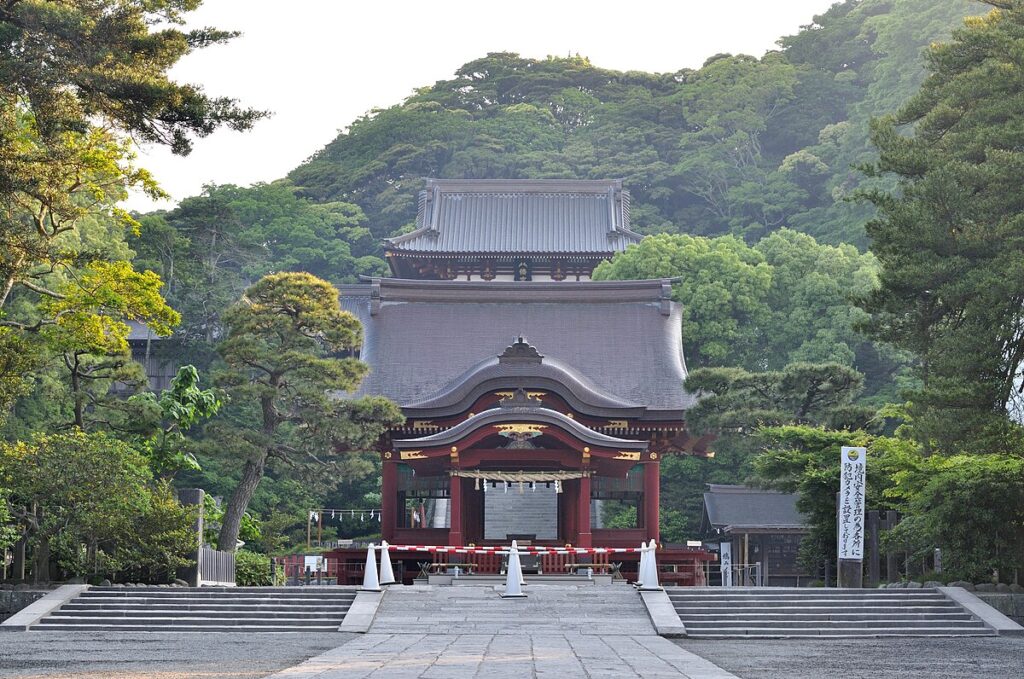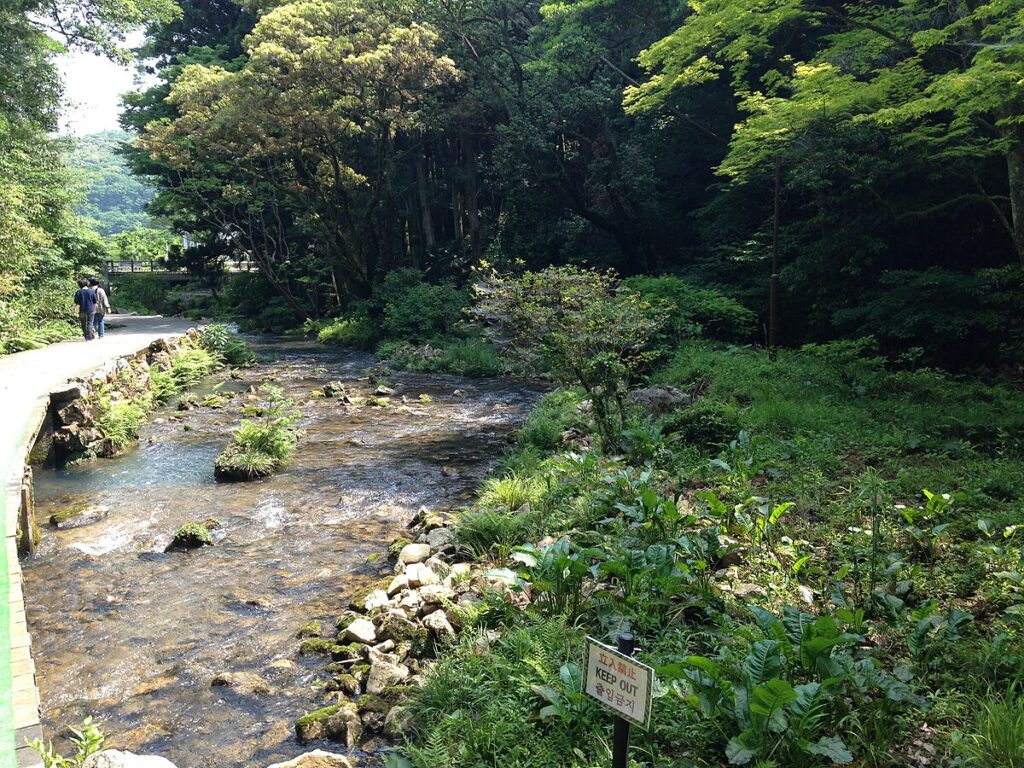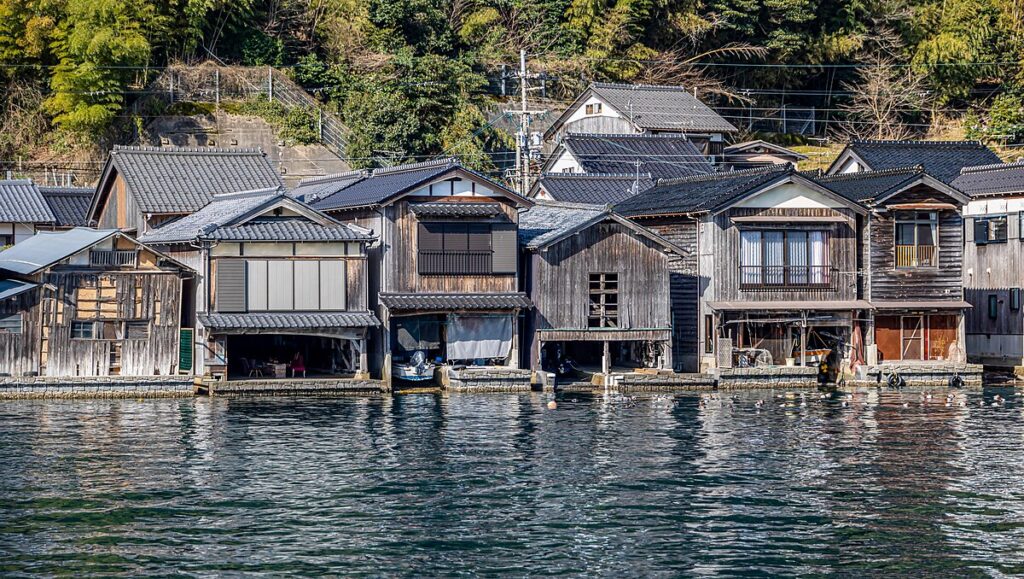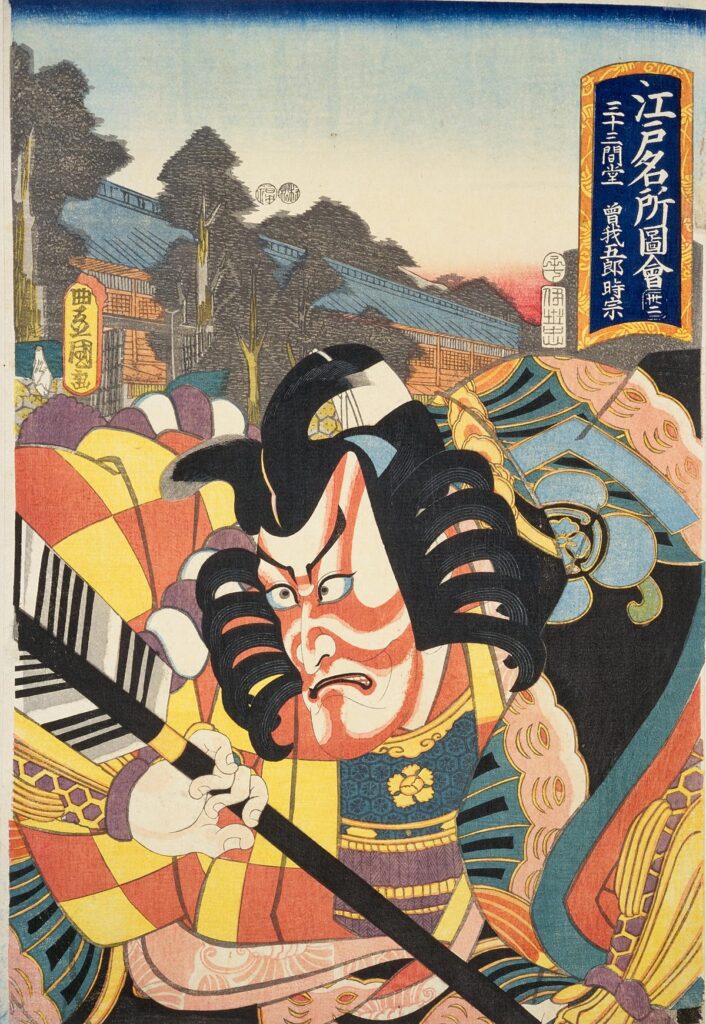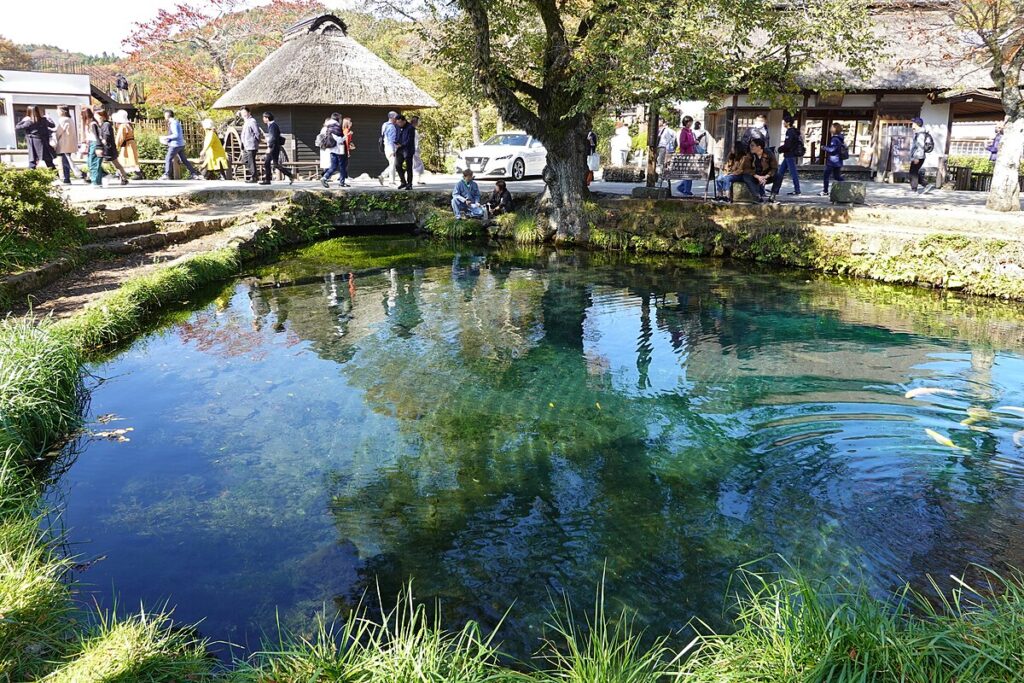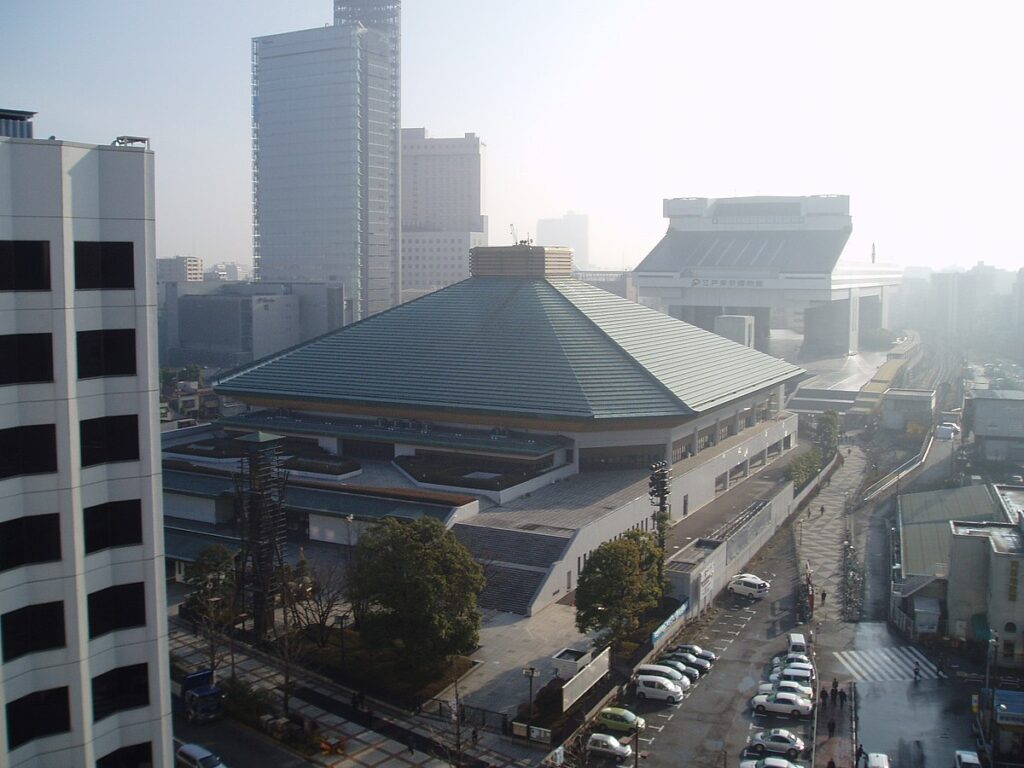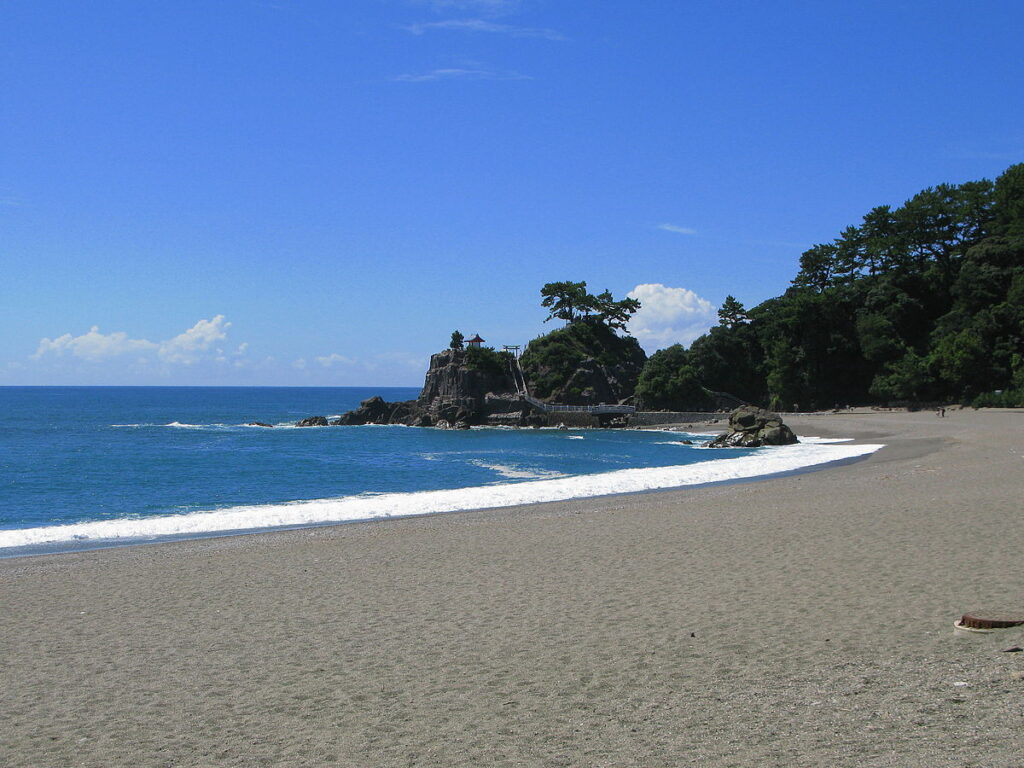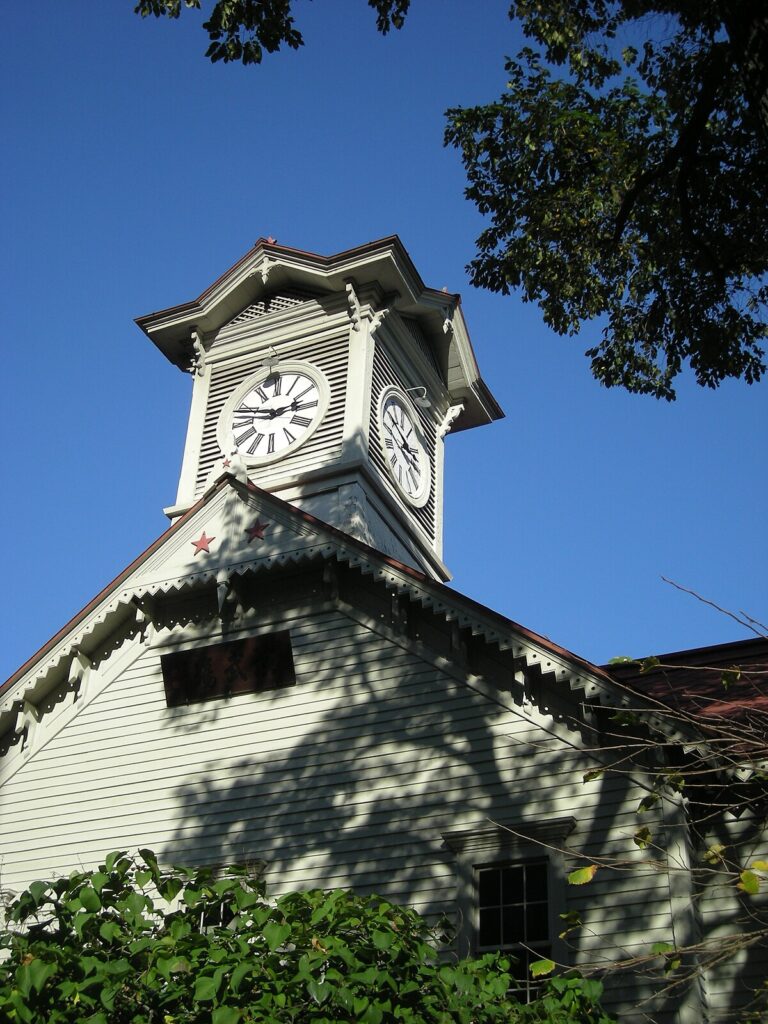Tourist attractions--archive--
-

Tojinbo (Sakai City, Fukui Prefecture)
Overview (History, Features, and Attractions) Tojinbo is a scenic cliffside spot facing the Sea of Japan in Mikuni Town, Sakai City, Fukui Prefecture. Its unique landscape, characterized by a series of columnar joints (rocks split into columns), creates a majestic view of the Sea of Japan, with the contrast between the rough waves and the sheer rock face... -

Tsurugaoka Hachimangu Shrine (Kamakura, Kanagawa Prefecture)
Tsurugaoka Hachimangu Shrine (Kamakura, Kanagawa Prefecture) Overview (History, Features, and Attractions) Tsurugaoka Hachimangu Shrine is a representative shrine located in the center of Kamakura City. Its origins date back to the Heian and Kamakura periods, and it was established in its current location by Minamoto no Yoritomo, who later became the samurai's... -

Akiyoshido Cave (Mine City, Yamaguchi Prefecture)
Akiyoshido Cave (Mine City, Yamaguchi Prefecture) — Overview (History, Features, and Attractions) Akiyoshido Cave, located in Mine City, Yamaguchi Prefecture, is one of Japan's largest limestone caves and a popular tourist destination, stretching underground beneath the Akiyoshidai Karst Plateau. Visitors can see the vast underground chambers, stalactites, and underground rivers... -

Ine Funaya (Ine Town, Yosa District, Kyoto Prefecture)
Overview (History, Features, and Attractions) Ine Funaya (Ine Town, Yosa District, Kyoto Prefecture) is a fishing village known for the two-story boathouses that line the indented coastline of Ine Bay. The first floor of each boathouse is a garage where boats can be loaded and unloaded, and the second floor is a residence, making it a popular fishing and... -

Sanjusangendo Temple (Higashiyama Ward, Kyoto City, Kyoto Prefecture)
Sanjusangen-do (Higashiyama Ward, Kyoto City, Kyoto Prefecture) Overview (History, Features, and Attractions) Sanjusangen-do (official name: Rengeo-in) is one of Kyoto's most representative temples, conveying the history of the Heian to Kamakura periods. Its name comes from the number of spaces between the pillars of the main hall, which is 33 ken... -

Takayama Jinya (Takayama City, Gifu Prefecture)
Overview (History, Features, and Attractions) Takayama Jinya is a historic building that served as a magistrate's office and jinya for governing Hida Province (present-day northern Gifu Prefecture) during the Edo period. As the base for local administration during the Edo period, it was responsible for inspecting taxes, litigating lawsuits, and coordinating civil affairs... -

Oshino Hakkai (Oshino Village, Minamitsuru District, Yamanashi Prefecture)
Overview (History, Features, and Attractions) Oshino Hakkai is the collective name for eight spring-fed ponds in Oshino Village, Minamitsuru District, Yamanashi Prefecture, where meltwater from Mount Fuji filters through lava layers and springs forth. Since ancient times, these ponds have been treasured for their water needs and as religious sites, and the crystal clear water and the beautiful view of Mount Fuji reflected in the ponds are a major draw... -

Ryogoku Kokugikan (Sumida Ward, Tokyo)
Overview (History, Features, and Attractions) Ryogoku Kokugikan is the central sumo stadium in Sumida Ward, Tokyo. The current building opened in 1985, and since then it has been a popular venue for honbasho (official sumo tournaments) held in Tokyo. It features a traditional sumo ring (dohyo)... -

Katsurahama Beach (Kochi City, Kochi Prefecture)
Katsurahama (Kochi City, Kochi Prefecture) Overview (History, Features, and Attractions) Katsurahama is a coastline facing the Pacific Ocean located at the southern tip of Kochi City. It is known for its ever-changing seascape and the majestic scenery created by rough waves. In particular, the view of the "Sakamoto Ryoma Statue" gazing out to sea is one of Kochi's iconic sights, and a staple tourist photo spot. -

Sapporo Clock Tower (Sapporo, Hokkaido)
Overview (History, Features, and Attractions) The Sapporo Clock Tower (Chuo Ward, Sapporo) is a historic wooden structure built during the Meiji period. It was originally used as a training hall (auditorium) for the former Sapporo Agricultural College. The white wooden exterior and the large mechanical clock mounted on the symbolic turret...


